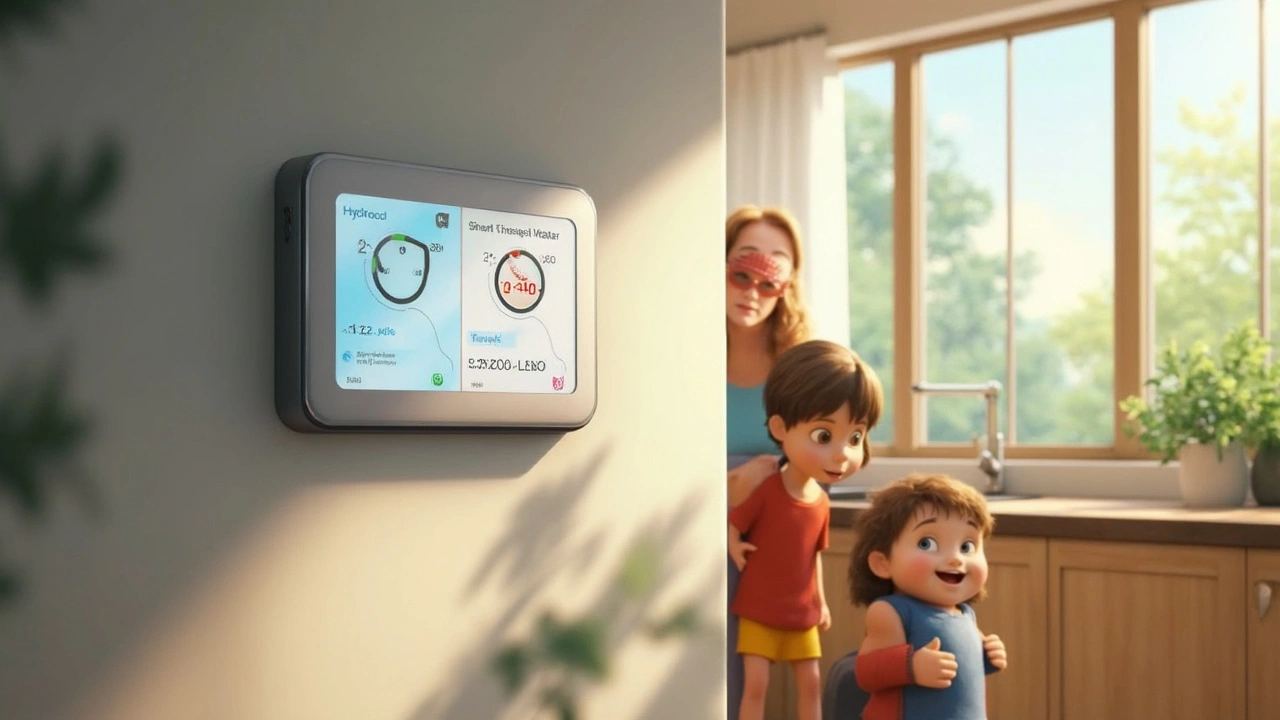Water Monitoring: Your Quick Guide to Safer Water
Ever wondered what’s really in the tap water you drink or use for a shower? Knowing the answer can keep your family healthy and your appliances running longer. Water monitoring isn’t just for scientists – it’s a simple habit anyone can adopt.
Why Monitor Your Water?
First off, contaminated water can cause stomach aches, skin irritations, or even long‑term health issues. Even if your local supply meets regulations, old pipes, well water, or seasonal changes might introduce pollutants like lead, chlorine, or harmful bacteria.
Second, keeping an eye on water quality saves money. If you catch high mineral levels early, you can prevent scale buildup in kettles, dishwashers, and heating systems—no more costly repairs.
Simple Steps to Start Monitoring
1. Pick a testing method that fits your life. Home test strips are cheap and give instant results for pH, hardness, or chlorine. For more detailed info, handheld digital meters measure TDS (total dissolved solids) and conductivity.
2. Test regularly. Aim for at least once a month if you use well water, or after any major plumbing work. City‑water users might test quarterly to catch seasonal shifts.
3. Know what to look for. The basics are pH (ideal 6.5–8.5), chlorine (0.2–1 mg/L), hardness (soft: <60 mg/L, hard: >180 mg/L), and any specific contaminants like lead or nitrates if your area has a history of them.
4. Record results. A simple spreadsheet or notebook helps you spot trends. If numbers creep upward, it’s time to investigate the source—maybe a corroded pipe or a new fertilizer run‑off.
5. Take action when needed. For minor issues, installing a carbon filter can reduce chlorine and improve taste. Persistent problems may require professional testing and possibly a water softener, reverse osmosis system, or pipe replacement.
Remember, you don’t have to become a chemist. Even a quick dip of a test strip into a glass of tap water tells you whether something’s off. If the color changes unexpectedly, look up the corresponding contaminant and decide your next move.
Keeping tabs on water quality also helps you stay informed about local alerts. Subscribe to your city’s water department notifications—many post real‑time data online.
Finally, involve the whole household. Kids can learn why we rinse fruits or why boiling water sometimes matters. Turning monitoring into a family routine makes it less of a chore and more of a shared responsibility.
By taking these easy steps, you turn an invisible risk into something you can see, measure, and control. Healthy water starts with awareness, and water monitoring gives you that clarity without breaking the bank or requiring a lab coat.
Hydrocl: The Smart Way to Monitor and Manage Water Usage
- Technology
- 19


